RATTAN BAGS & ATA BAGS | HOW IT'S MADE
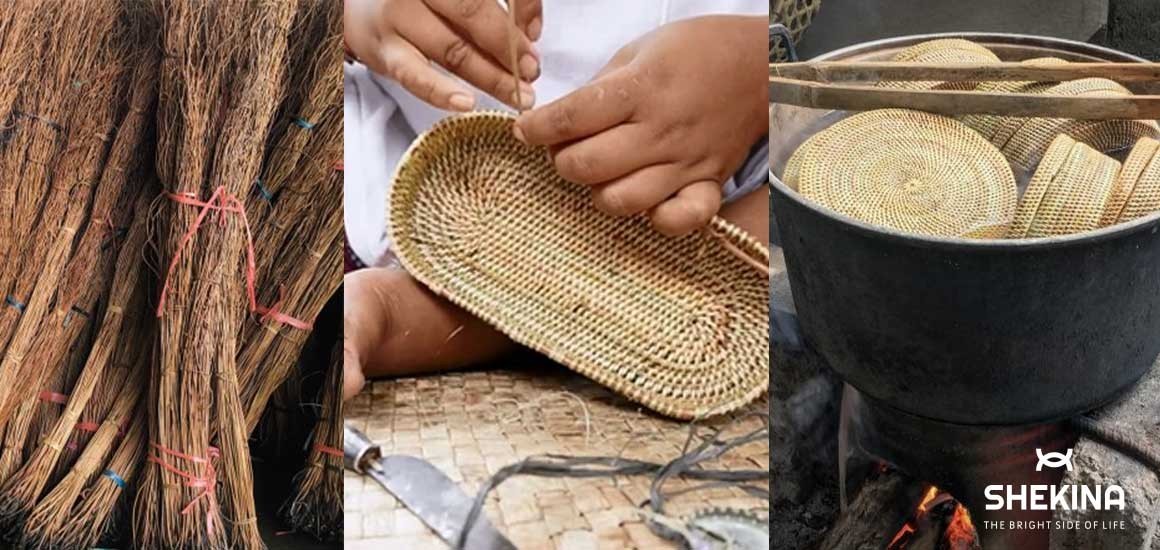
Do you know the proverb: ‘It takes a whole village to raise a child’. What you may not have known is that it also takes a village, figuratively speaking but sometimes literally, to create one of our rattan bags. Each bag is usually carefully crafted not by one extremely talented person, but by many, many talented and tireless craftsmen.
Do you know the proverb: ‘It takes a whole village to raise a child’. What you may not have known is that it also takes a village, figuratively speaking but sometimes literally, to create one of our rattan bags. Each bag is usually carefully crafted not by one extremely talented person, but by many, many talented and tireless craftsmen.
First things first. Although these types of handbags are popularly referred to as ?rattan?, this is actually misleading, as for the most part they are not made from a plant called the rattan palm. The plant material used to make our bags is a type of vine known as ?ata? (AH-tah), slightly thinner and more flexible than rattan. The process of creation begins by winding the young, flexible, thinner fibres of ata around the stronger strands of ata to form a basic long, rope-like material for the construction of baskets. These materials can then be woven into different shapes.
Each person may be proficient at making specific pieces. For example, some may specialise in making rectangular sheets, others may excel at making ovals and ends, others are really good at making buttons and ribbons and so on. These components are eventually put together to make a handbag. But we're not done yet!
The bags still have to go through several steps before they are ready. The bags are boiled in water, a necessary process to ensure they are properly disinfected from any mould or fungus that may have been on the plant material. They are then left to dry. Once dry, the bags are then dried and smoked in the kiln to nourish and strengthen them and give them a beautiful brown patina effect. Therefore, the bags may have some of that lingering smoky flavour To finish, a fabric lining is sewn and attached to the bag.
We like to showcase Indonesian fabrics and traditional batik patterns, although I think mixing and matching other textiles, such as checks and peas, also looks exceptionally good. The whole process from start to finish takes a very long time, in the case of some shapes we're talking weeks, maybe even months. But the products of these hard-working craftsmen are very much worth the effort, don't you think?




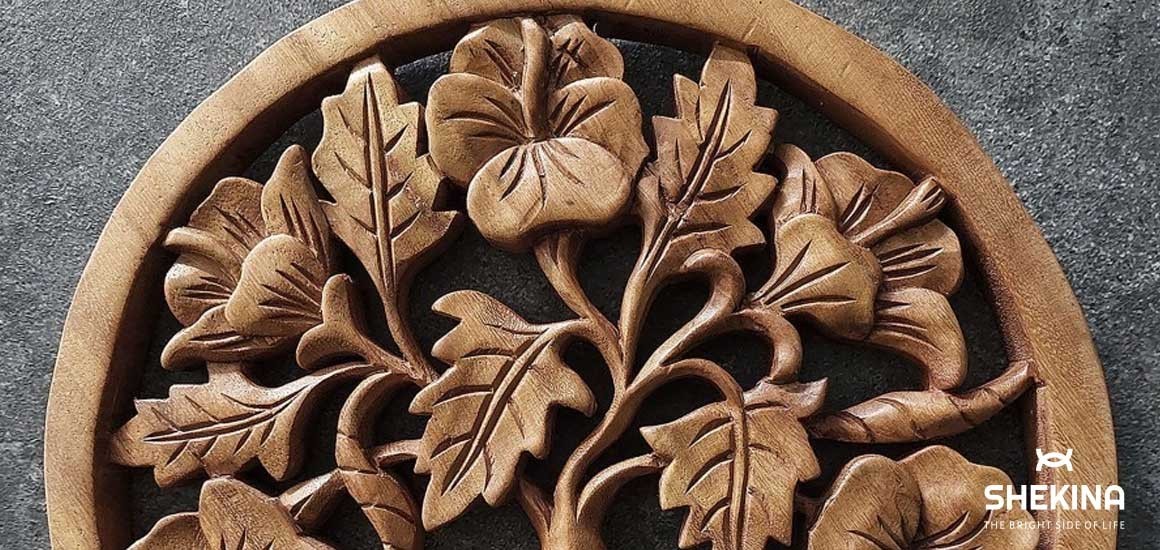
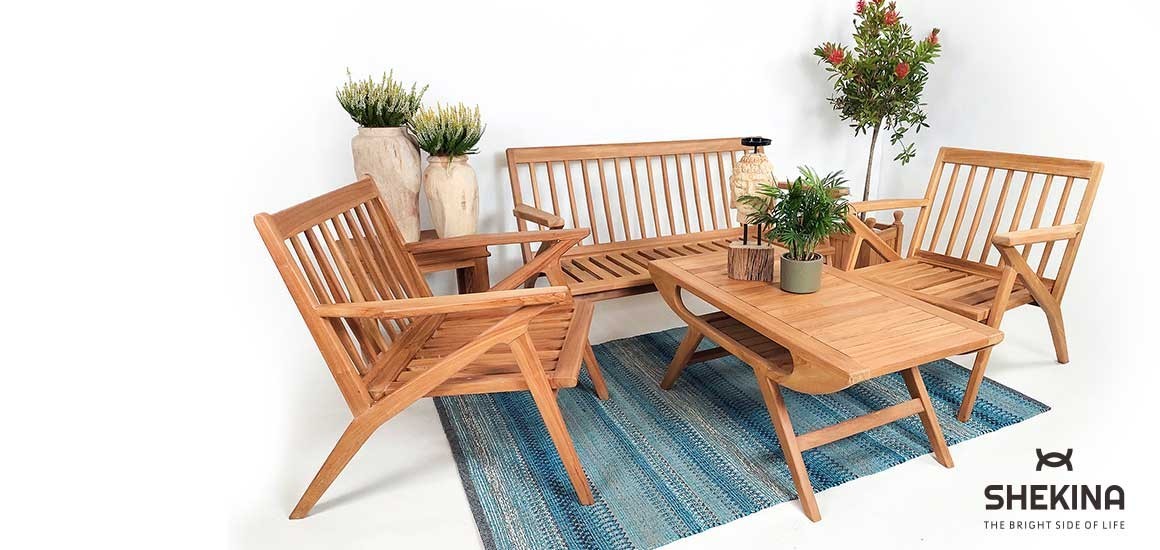
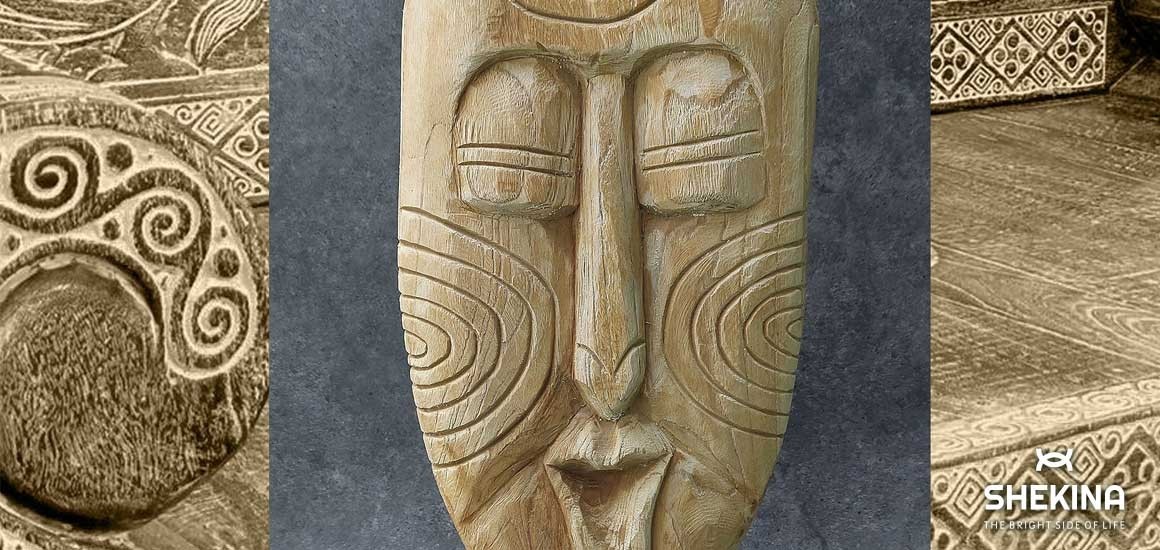

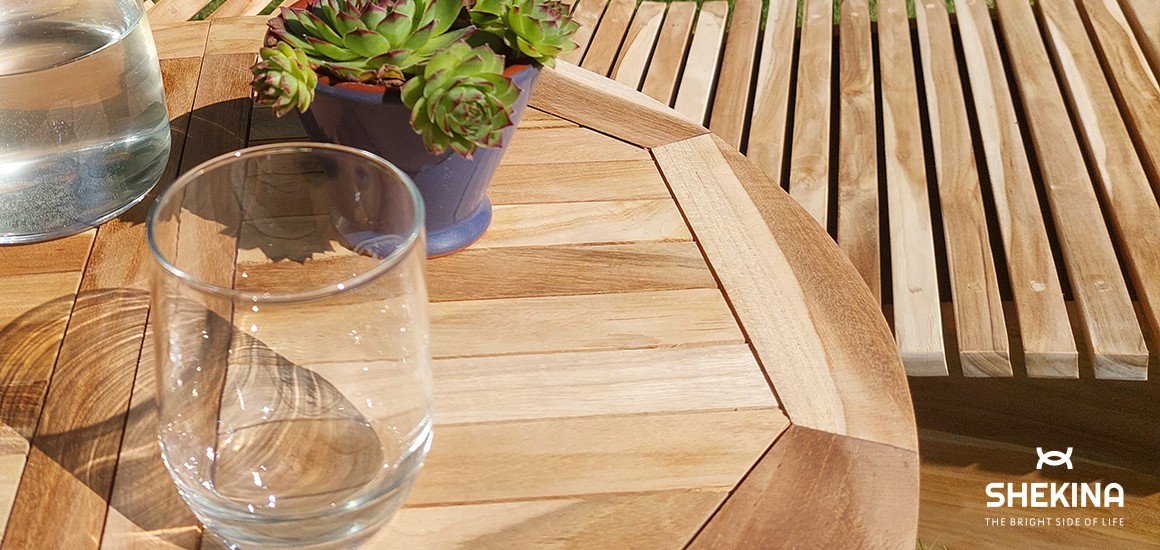
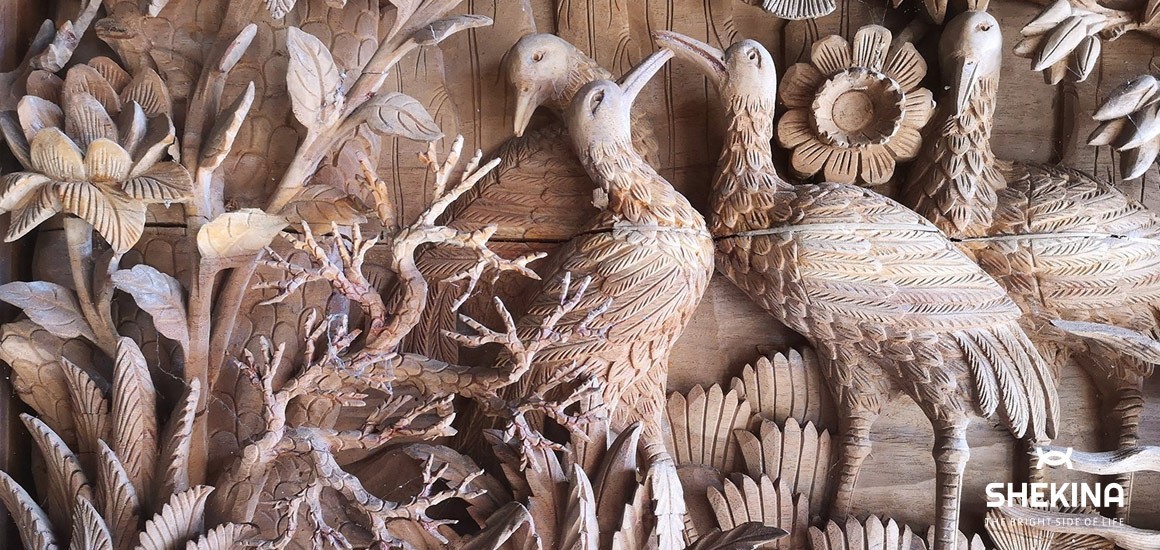
Comments
No comment at this time!
Leave your comment